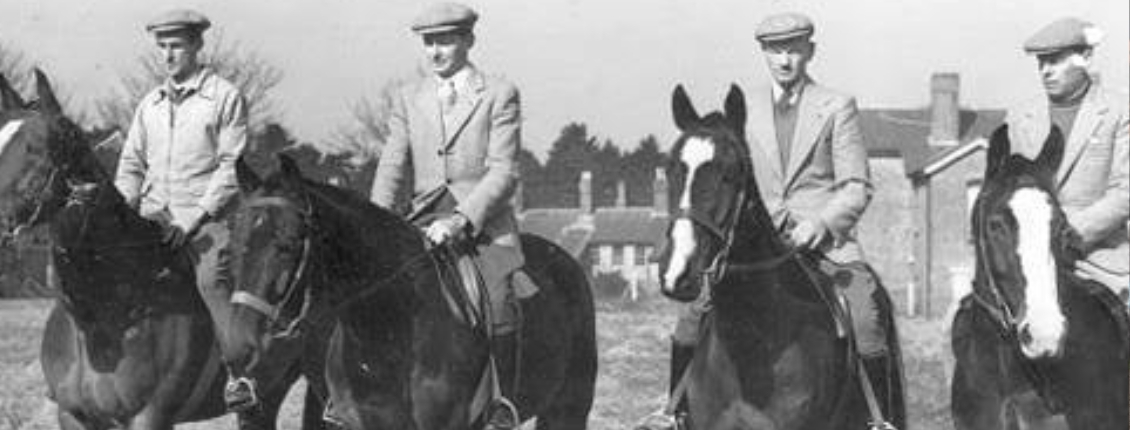
Melbourne’s 1956 Olympic Games prompted the birth of the EFA
In the early 1950’s, a group of visionary Australian equestrians dared to dream big and prepare a team to take part in the 1956 Melbourne Olympic Games. Olympic entries had to come from a national administration and this prompted the formation of the Equestrian Federation of Australia, mostly known by the acronym EFA.
Equestrian administrations were already established on a State-by-State basis and the national body was formed around 1951/52 and was based in South Australia. The EFA later became Equestrian Australia, EA, and the national office moved from SA to NSW around 2010.
The sole purpose of a national EFA was meet the Olympic Committee requirement for entries to come through the national sporting body. Compliance with IOC rules allowed Australia to qualify and field an equestrian team to take part in the 1956 Melbourne Olympic Games.
A strong driving force of visionaries worked together to establish our national federation and founding fathers of the EFA included many state-based riders, officials and supporters. History books acknowledge the significant contribution of Samuel Hordern, then President of the NSW EFA, Jim Barnes, who was on the committee of the NSW EFA along with (Sir) Alec Creswick and Tom Luxton who represented the Victorian EFA.
The National (peak body) structure of EA was, and still is, a necessary part of the administrative structure that is needed for Australia to select individual riders and teams to Olympics, World Championships and other international events that are affiliated with the FEI.
Ironically, Australia’s strict quarantine regulations prevented the equestrian events being held on our shores, accordingly, these classes were conducted at specialist facilities in Stockholm, Sweden. Such was the enthusiasm of the forefathers of Australia’s Olympic equestrians that even the prospect of a six-week boat trip to transfer the horses from Australia to the other side of the world did not deter their resolve to have an Aussie team etch their names into Olympic history books.
Australia has since earned a reputation as a successful equestrian nation and this respect follows on from the ground breaking performances of the talented men and horses who travelled to Stockholm and made history, back in 1956.
The riders selected for Australia’s inaugural Eventing team were Brian Crago, Ernie Barker and Wyatt (Bunty) Thompson and David Wood, who was listed as team captain and reserve rider. Albert (Bert) Jacobs had been based in Europe for12 months leading up to the Games, he competed in the Showjumping and carried the Australian flag at the opening ceremony.
Against all odds, the Australian Eventing Team not only qualified to represent their country, but surprised the world by finishing just outside the medals in fourth place. Sydney’s Daily Telegraph reported: “For a country which never before competed in Olympic Equestrian events, Australia’s effort was remarkable. It will enhance Australia’s reputation for horsemanship throughout the world.”
The remarkable achievements of Australia’s 1956 Olympic Team has set a precedent for all Australian Equestrian Teams to follow, and we now have the admiration and respect of equestrian nations the world over.










